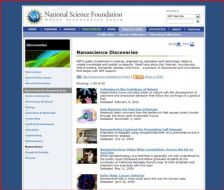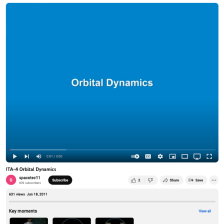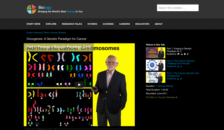Browse Resources
(19 classifications) (64 resources)
| Activity (422) Case Study (52) Course (257) Curriculum (120) Demonstration (135) Experiment/Lab Activity (483) Game (10) Instructor Guide/Manual (424) Interactive Simulation (116) |
Lecture/Presentation (1,872) Lesson/Lesson Plan (393) Model (2) Problem Set (59) Project (3) Student Guide (221) Syllabus (150) Textbook (85) Tutorial (132) Unit of Instruction (126) |
Resources |
|---|
The National Center for the Biotechnology Workforce is an organization that seeks to connect prospective students and employees with the industry and industry standards. To that end, this website provides educational guidelines and tips, information on positions available, appropriate web links, and...
This website from the National Science Foundation (NSF) describes discoveries in nanoscience. Topics include how bacteria get past our defenses, a safer nano cancer detector and brightest x-ray vision at the nano-scale.
This lecture from the iBioSeminars project is presented by Nico Stuurman, professor of cellular and molecular pharmacology at UC-San Francisco. Fluorescence is a physical phenomenon in which a compound absorbs light and re-emits this as light of a usually higher wavelength. Since the excitation...
This website provides a variety of quick-reference resources pertaining to Ohm's/Watts law, wire gauge sizes, resistor color code, and calculators that automatically provide answers when numerical values are entered.
As it is explained on the site, "Ohm's law (named after the German physicist Georg...
This video from SpaceTEC National Aerospace Technical Education Center explains the mechanics of orbital dynamics and Newton's First Law of Motion. This three minute video is one of the aerospace certification readiness courses.
This lecture from the iBioSeminars project is presented by J. Michael Bishop of the University of California, San Francisco. It presents a historical review of the experiments that resulted in the realization that cancer has a genetic basis. He explains that mutations can cause normal cellular genes...
This lecture from the iBioSeminars project is presented by Brian Druker of HHMI and the Oregon Health & Science University Cancer Institute. It describes the clinical features and the molecular pathogenesis of the disease for which imatinib was developed, chronic myeloid leukemia (CML). This...
This lecture from the iBioSeminars project is presented by Elizabeth Blackburn from the University of California, San Francisco Department of Biochemistry and Biophysics. It covers telomerase, a specialized ribonucleprotein reverse transcriptase, important for long-term eukaryotic cell proliferation...
This lecture from the iBioSeminars project is presented by Sangeeta Bhatia from the Massachusetts Institute of Technology and the Howard Hughes Medical Institute covers research from Bhatia's lab to develop an implantable, engineered liver. She explains the challenges of co-culturing hepatocytes and...
This lecture from the iBioSeminars project is presented by Elizabeth Blackburn from the University of California, San Francisco Department of Biochemistry and Biophysics. It covers telomerase, a specialized ribonucleprotein reverse transcriptase, important for long-term eukaryotic cell proliferation...
|
| ← PreviousNext → |









